No place like Rome’s historic hotels
Italy’s splendid capital holds lessons in history and hospitality for locals and visitors alike. Drop into one of these storied properties.
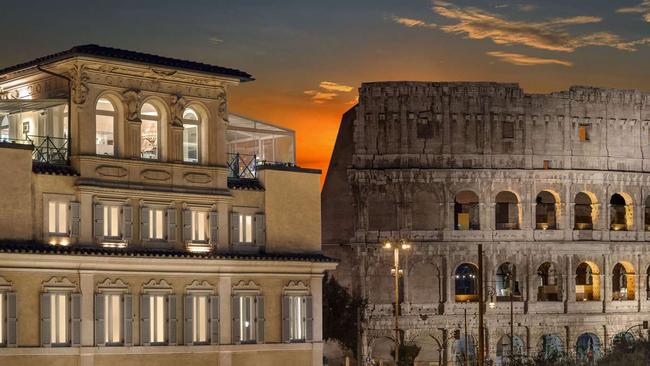
In Civilisation and Its Discontents, Sigmund Freud used Rome as a metaphor for memory: specifically, the way the many layers of the past exist simultaneously and come to the fore when viewed from different angles. Among the most illuminating ways travellers can explore the Eternal City’s kaleidoscopic history is through its illustrious hotels. Each palatial structure is part of the modern city’s fabric but also embodies a specific moment in time. And thanks to the welcoming Roman manner, even non-guests can stop in for a coffee or aperitif while taking in the old-world ambience. A brief sojourn to these grand getaways provides a peek into Rome’s history and allows visitors to sample cultural riches along the way.
ANCIENT ROME
Fronting the Fountain of the Naiads, devoted to the water nymphs of Greek mythology, the Anantara Palazzo Naiadi has a storied past. Its fin-de-siecle lobby is as laden with marble and gilt as any imperial palace, and during construction in the 1890s, excavators unearthed parts of the Baths of Diocletian, a majestic 3rd-century pool complex where Romans would swim naked under cathedral-like domes. Mosaics from the exedra, or changing hall, have been preserved, and history buffs can hire the hotel’s archaeologist-guide for insights.
Historic wonder In its heyday, Via Appia Antica, the Roman “Queen of Roads”, ran to present-day Brindisi in Italy’s heel. Walk or bike along the basalt blocks worn smooth by ancient cartwheels to spy the remains of early-Christian catacombs and emerald fields dotted with sheep.
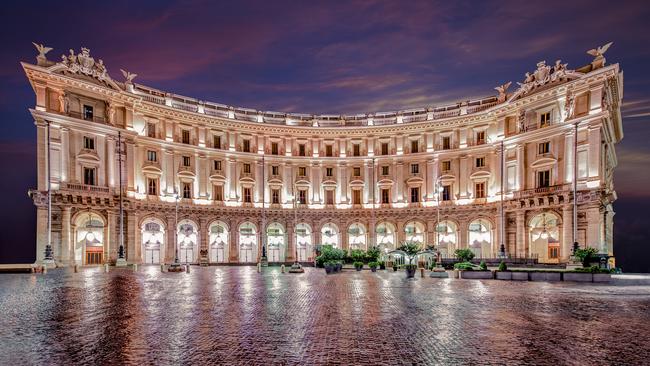
RENAISSANCE
The Middle Ages was a low point in Rome, with its few thousand residents adrift in the city’s ruins. But its cultural life blossomed during the Renaissance, when Michelangelo and Raphael rediscovered the genius of antiquity and wealthy popes funded their ambitious creations. Rome was a part of the Papal State, not just the Vatican.
The venerable Antico Albergo del Sole by the Pantheon, home to impecunious artists and alchemists since 1467, has an impressive exterior and quaint interiors. In contrast, near another Roman marvel, stands the opulent Palazzo Manfredi, which welcomed pilgrims in the 1600s, then became an aristocratic hunting lodge. Its hotel bar faces the remains of the Colosseum and a gladiatorial school. The view puts an onlooker both in the past and the present (where a Negroni comes with a $US25 ($37) tab).
Historic wonder The magic of Rome resides around every corner: Wander into San Luigi dei Francesi, the church near the Piazza Navona, and find a trio of Caravaggios depicting the life of St Matthew in one chapel.
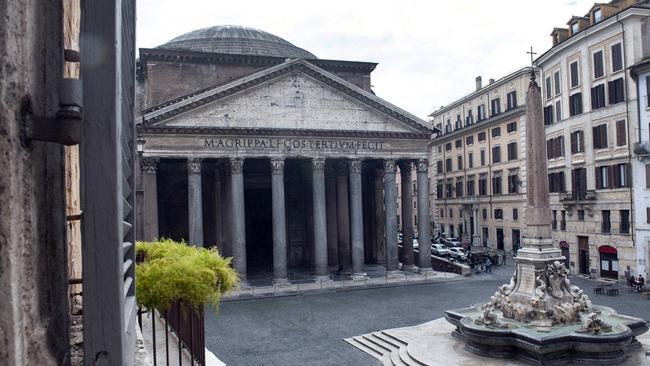
A POET’S ERA
Located within view of the Spanish Steps, the Hotel d’Inghilterra is situated in a 16th-century guesthouse near Via Borgognona. Its heyday came in the early 1800s, when English travellers on their grand tour stayed, most notably Romantic poets John Keats, Lord Byron, Percy Bysshe Shelley and his wife Mary Shelley (author of Frankenstein). Later, the hotel’s literary cachet attracted Ernest Hemingway, Henry James and Mark Twain. Today, its old-world panache makes the sitting rooms off the lobby an elegant spot to take tea.
Historic wonder The Protestant Cemetery, where Keats and Shelley are buried, is a welcome refuge with shady trails leading through sculpted flower gardens.
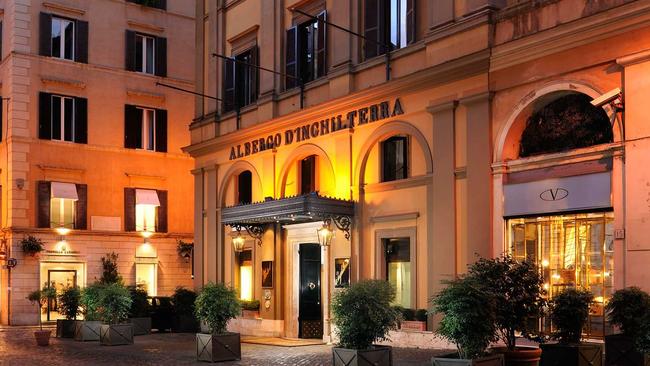
CAPITAL TIME
The Risorgimento was a 19th-century movement for the unification of Italy that resulted in Rome becoming the capital of the country in 1870. Among the era’s new hotels was Hotel de Russie near the Piazza del Popolo. The former palazzo with multitiered gardens was named for its fin-de-siecle popularity with Russian aristocrats, including Romanov princes who liked to stay for an entire year at a time. Avant-garde artists arrived next, including Pablo Picasso and Jean Cocteau, who called the hotel “paradise on earth”. Its restaurant is named Le Jardin; its “secret garden” features terraced beds planted with palm trees, yews and white roses.
Historic wonder It’s hard to love the gaudy Victor Emmanuel II Monument, built to honour the first king of unified Italy. Romans mock “the wedding cake” for its excesses, but inside, the Central Museum of the Risorgimento has informative exhibits, while the rooftop terrace offers soaring panoramic views.
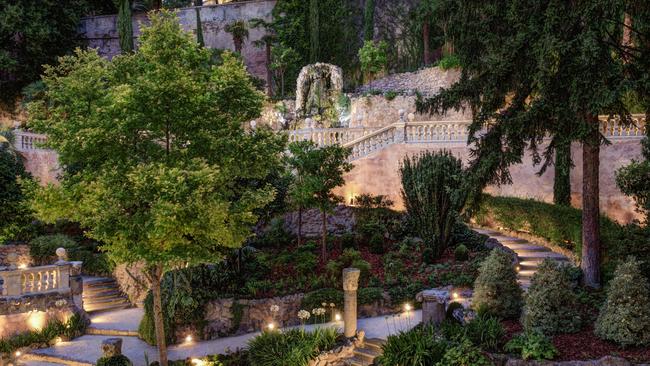
BETWEEN ERAS
Tucked away near the Termini train station, the family-run Bettoja Hotel Mediterraneo exemplifies the Art Deco style that flourished between the wars. Then-owner Maurizio Bettoja was an anti-fascist who hid Jewish families in rooms next to German officers during the Nazi occupation of Rome in 1943-44. Nowadays, modernist mosaics and marble busts of Roman emperors enliven the lobby.
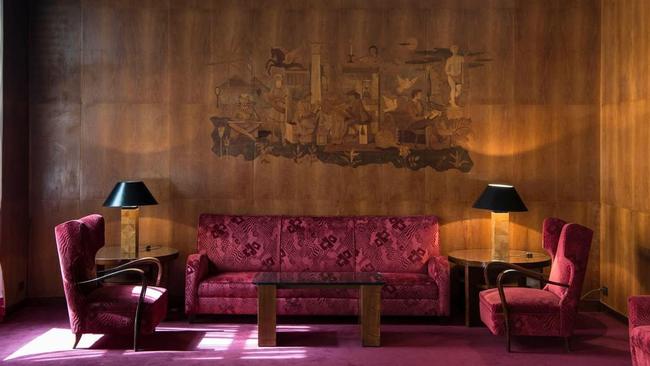
Historic wonder One of Rome’s unique architectural pockets is the EUR area, designated by Mussolini for the 1942 World’s Fair that was cancelled because of the war. The Palazzo della Civilta or Square Colosseum (currently Fendi’s headquarters) represents the distinctive Rationalist style, with an iconic facade that will be familiar to fans of Bernardo Bertolucci’s 1970 film The Conformist.
In the 1950s and ’60s, the bar-lined Via Veneto that winds through the Ludovisi district was a favourite destination of film-world stars such as Anna Magnani and Marcello Mastroianni. Many of the chic bars are gone, but the spiffed-up Baglioni Hotel Regina with its old-world foyer of mirrors and sparkling chandeliers has renewed interest in the area.
A bit removed from the environs of Via Veneto is Pigneto, a buzzy industrial district. Necci dal 1924, a bar frequented by the late director Pier Paolo Pasolini, draws hipsters in search of a good wine list and live music.
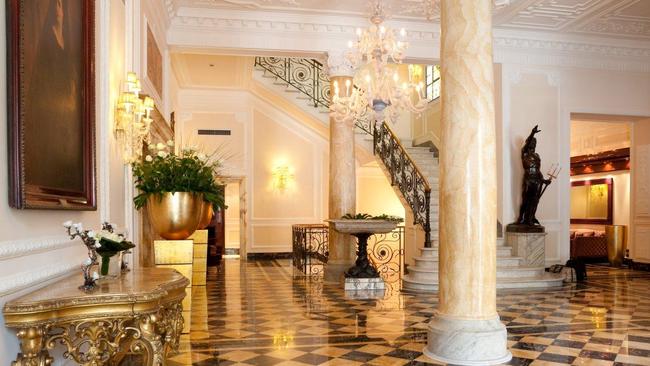
ROME NOW
Last spring, Unahotels Trastevere Roma opened in one of the city’s hippest neighbourhoods (Trastevere is Latin for the district “across the Tiber”). The hotel is housed in a historic building dating back to the end of the 19th century, but its design is a giddy blend of eras, with geometric marble floors (ancient Rome), vaulted chambers painted with trompe l’oeil (the Renaissance), gilded lanterns and potted palm trees (the Risorgimento), and “new-vintage” plush furnishings in saturated primary colours (Art Deco).
Historic wonder The creative blend of old and new can also be seen in Centrale Montemartini, a former electricity plant from 1912, where marble classical statues mix with giant metal turbines. The contrast turns out to be effective, forcing visitors to look at ancient images with fresh eyes.
THE WALL STREET JOURNAL
More Coverage
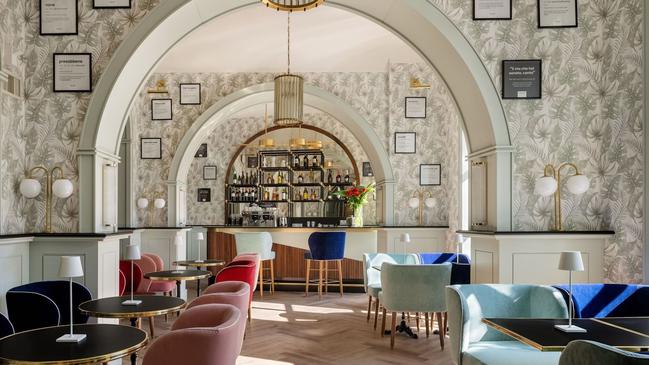



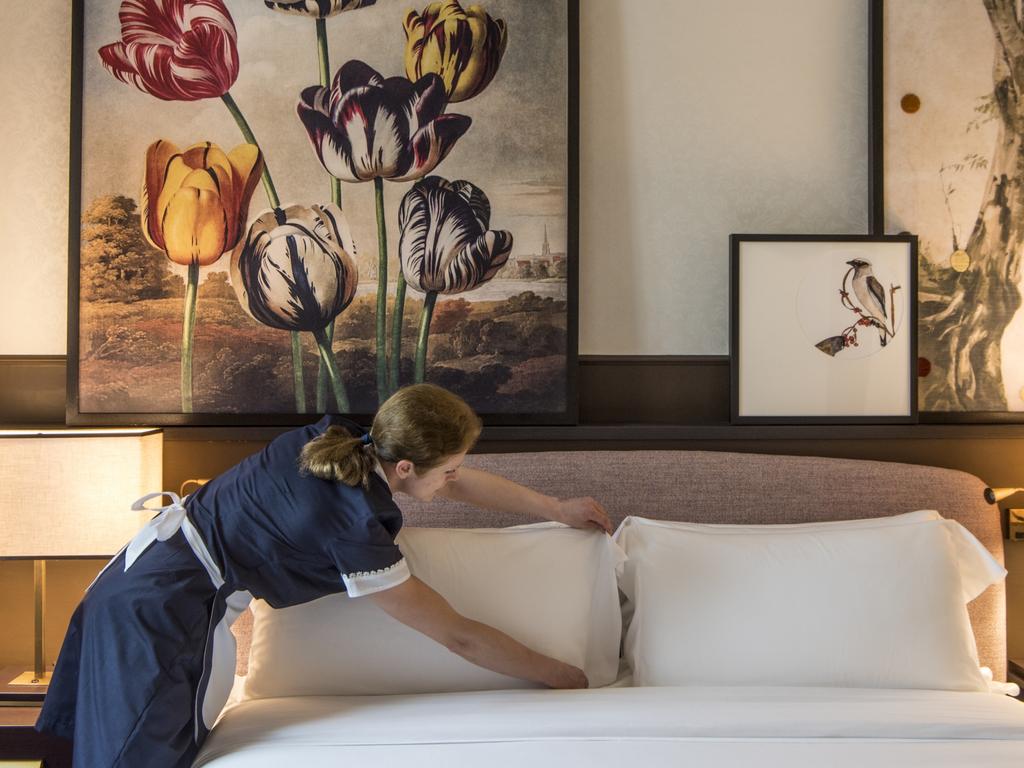
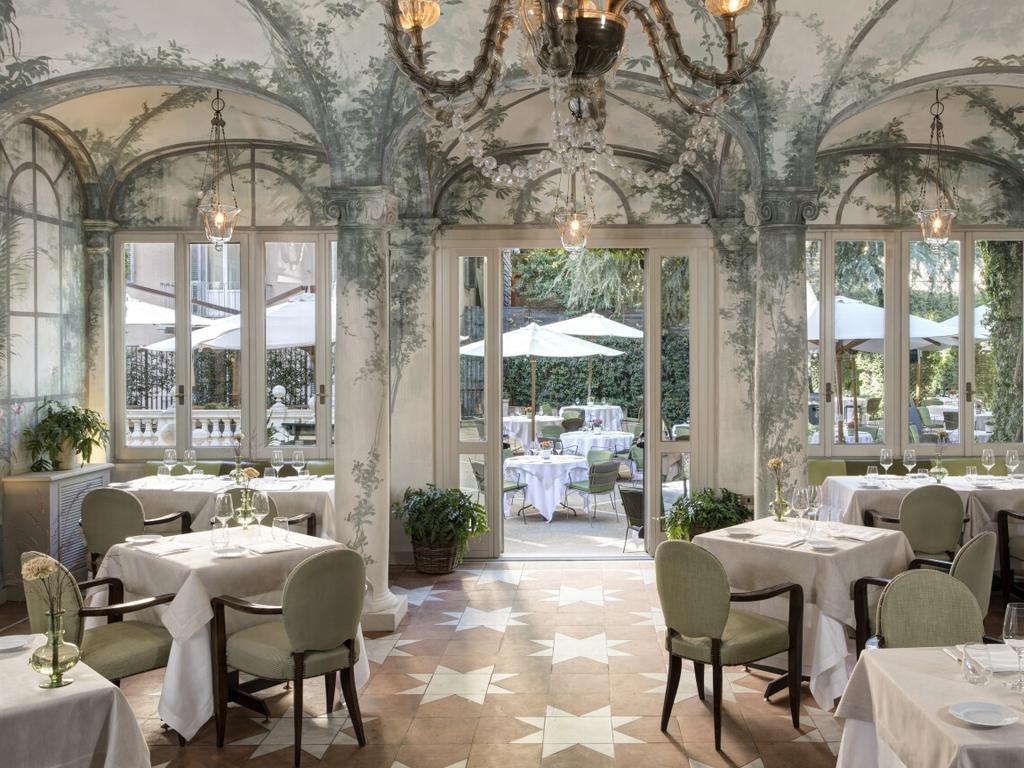
To join the conversation, please log in. Don't have an account? Register
Join the conversation, you are commenting as Logout